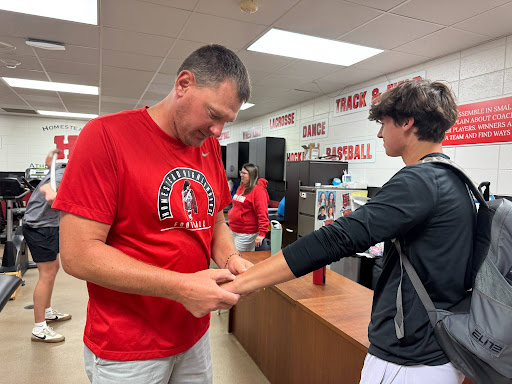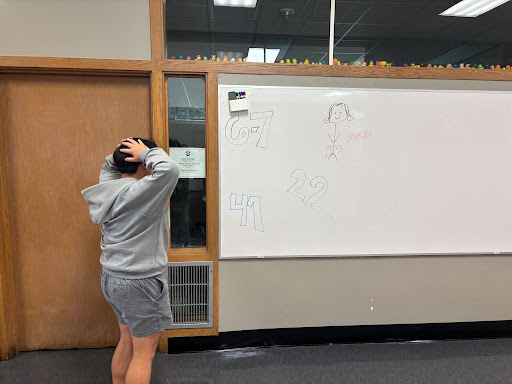Eye See You: How eye tracking software can influence education
New innovation in eye tracking software has endless opportunities to improve student learning.
There is a shift coming in the paradigm of education. This shift is in that of the medium in which students connect with the material that they are learning and in the way that educators can evaluate their pupils’ critical thinking abilities. For students with learning disabilities, this can be the factor that stands in between them and passing a class.
Between companies like Tobii Pro, Inclusive Technology Ltd, and Eye Tribe, software is being developed that utilizes either a remote or head-mounted device connected to a computer.
There are two major components of eye tracking according to EyeTracking Inc.: a light source and a camera. “The light source (usually infrared) is directed toward the eye. The camera tracks the reflection of the light source along with visible ocular features such as the pupil,” they explained how this aggregated data is composed into a file to be analyzed for various purposes.
EyeTracking, Inc. continued to describe how “the automotive, medical and defense industries have applied eye tracking technology to make us safer. The fields of advertising, entertainment, packaging and web design have all benefited significantly from studying the visual behavior of the consumer. Research with special populations has generated exciting breakthroughs in psychology and physiology. Every day, as eye tracking is used in creative new ways, the list of applications grows.”
This technology, while relatively new, is up and coming with the pivotal and innovative ways of utilizing eye tracking software. For education, this can be a crucial step in developing the learning tactics of students.
Tobii Pro explains, “The data from an eye tracker can reveal different learning strategies for researchers to better understand student cognitive workload. This information can also be used to evaluate teacher performance and instruction methods. By understanding the classroom dynamics, including interaction between students and teachers, researchers can define appropriate training programs and instructions in order to improve education.”
Ms. Kathy Connelly, computer science teacher, describes another possible implementation of eye tracking on education. “Struggling readers are shown eye tracking data gathered from efficient and highly successful readers and then taught how to incorporate that into their reading. Sometimes this data sharing is in the form of a video where the struggling readers watch what the other students focus on, how long they focus on, whether they come back to it and such.”
Not only can this drastically redefine the ways that schools see learning, but these evaluation tactics can also be applied to surpassing current situations in newly developing countries. Tobii Pro conducted a study from Western Kentucky University to attempt to educate a more widespread base of West African residents about water usage, water conservation, and pollution. What started as a thesis project, Fofo Hari (Hello Water) uses technology and art to overcome illiteracy, language, and cultural barriers focusing on women who are the primary water obtainers and users in Sub-Saharan Africa.
“By combining eye tracking techniques, surveys and interviews, the researchers create visual materials that focus on water pollution, sanitation and personal water treatment techniques,” Tobii Pro describes. After 464 data trials in 12 rural villages, “Eye tracking data, complemented with additional interviews with local people, provided a solid ground for creating image-driven water education materials that can be disseminated among the different culture groups living in rural villages, health clinics, and schools in West Africa.” In theory, this unobtrusive technology has the potential to alter the fabric of learning around the world.






